Crisis Upon Crises-The Dual Threat of Drought and Food Insecurity in Lesotho
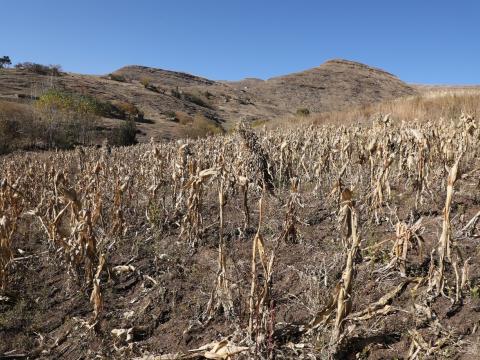
In recent years, Lesotho has been grappling with the severe consequences of droughts exacerbated by the El Niño weather phenomenon. The 2015 El Niño-induced drought was a stark reminder of the country's vulnerability, prompting the government to declare a state of emergency. However, this was not an isolated incident. Over the past 25 years, droughts have become more frequent and severe, significantly impacting food and agricultural production in Lesotho. The extreme droughts of 2012, 2016, and 2019 further aggravated the situation, leading to widespread food insecurity.
The Recent El Niño in Southern Africa
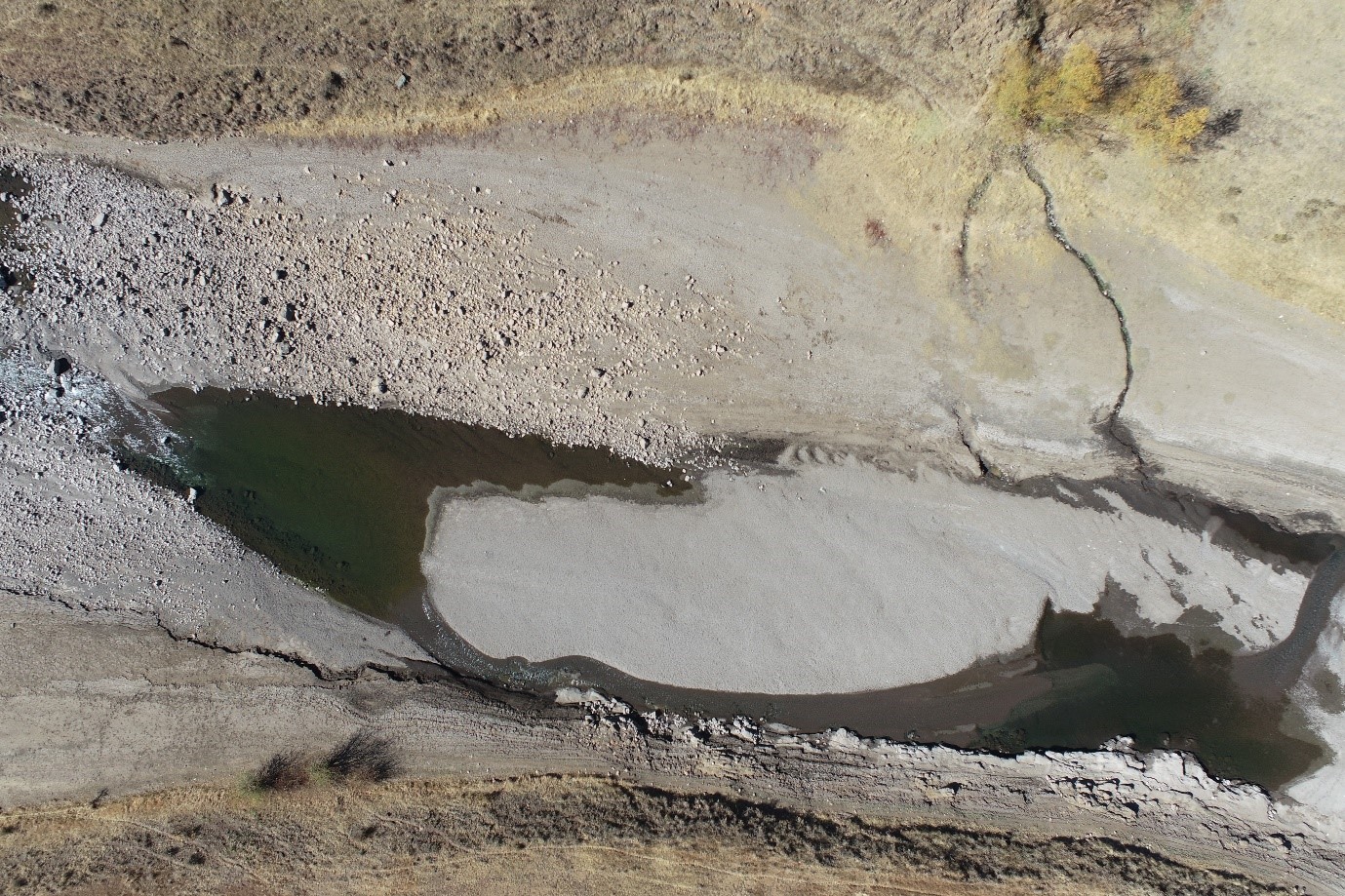
The latest El Niño event has once again wreaked havoc across Southern Africa, including Lesotho. The prolonged dry spells and erratic rainfall patterns have destroyed crops, reduced water levels in rivers and reservoirs, and severely affected livestock. In a country where agriculture is the backbone of the economy, the impacts of such droughts are devastating. Subsistence farmers, who constitute roughly 80 percent of Lesotho’s population ((U.S. Department of Commerce, 2024) a significant portion of the population, find themselves unable to grow enough food to sustain their families, leading to a cycle of poverty and hunger.
Challenges of Drought in Lesotho
Droughts pose numerous challenges for a country like Lesotho:
1. Agricultural Collapse:
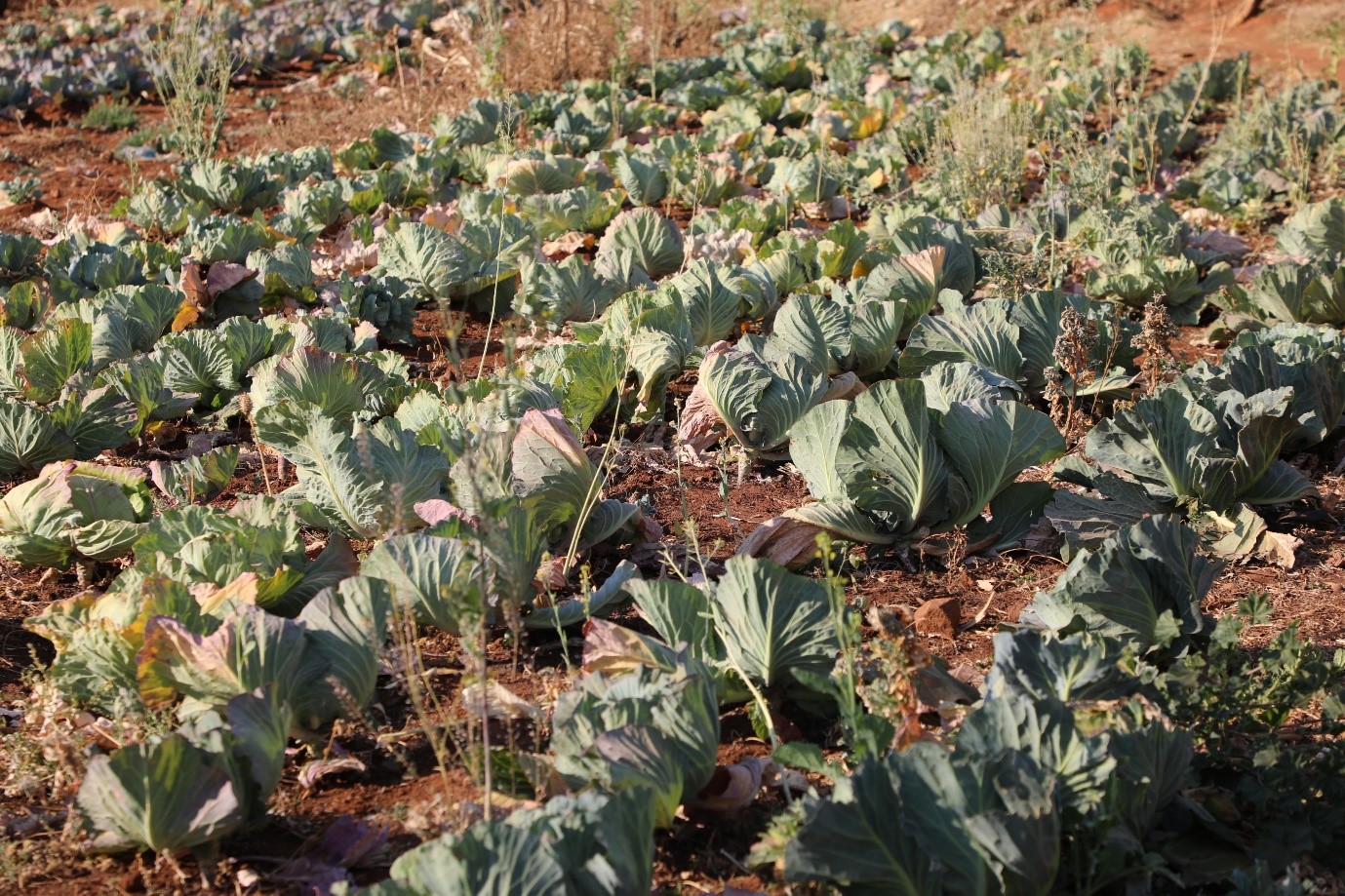
Agriculture is an important source of employment and subsistence in Lesotho, with more than 70% of Basotho dependent on it for both food and income (World Bank, 2022). The primary challenge is the collapse of agricultural production. With reduced rainfall, crops fail, and pastures dry up, leading to a decline in both crop yields and livestock health. This not only affects food availability but also the economic stability of farming communities.
2. Water Scarcity:
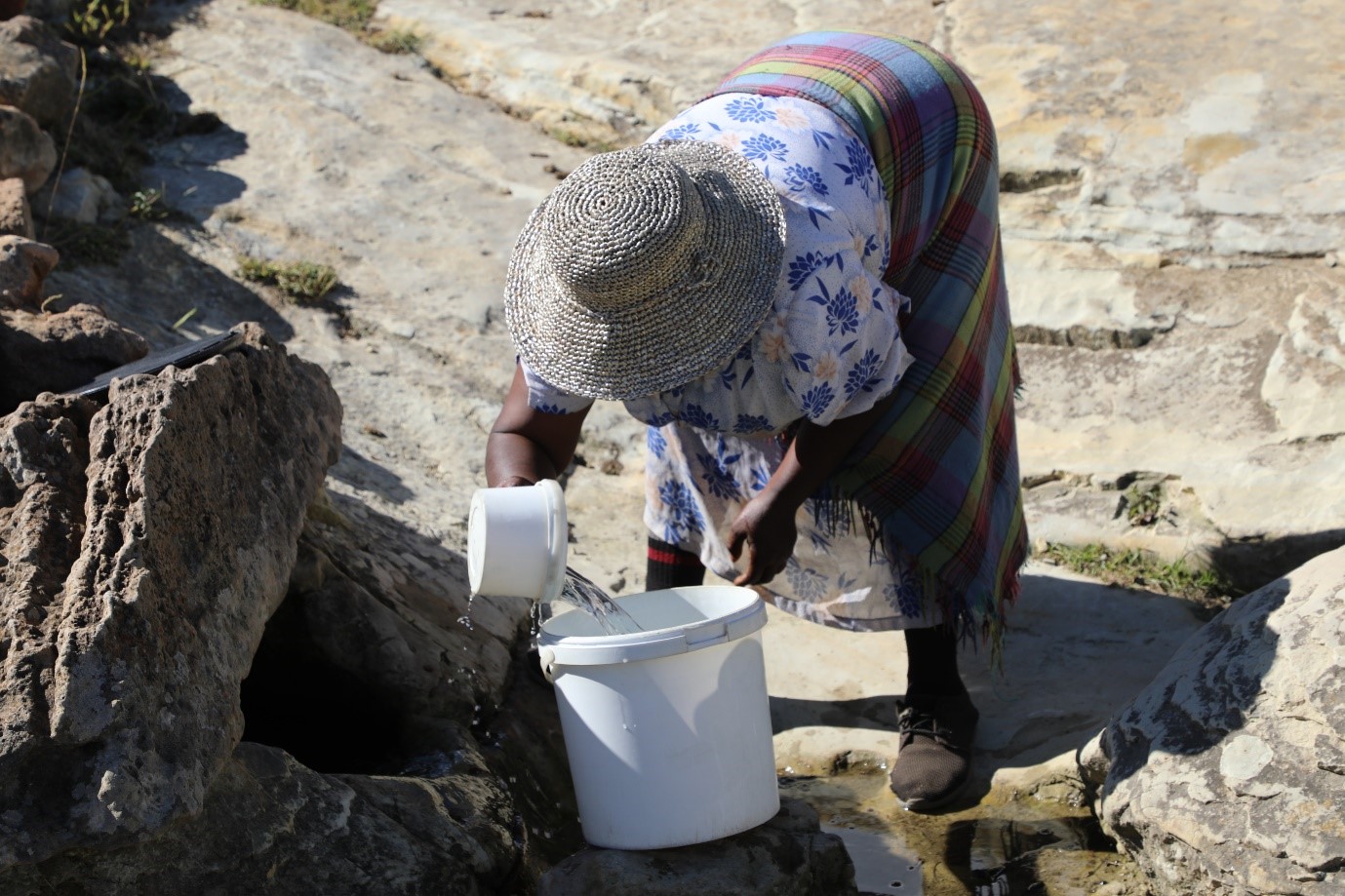
Droughts lead to severe water shortages, affecting not just agriculture but also drinking water supplies. The depletion of water sources forces communities to travel long distances to find water, impacting daily life and productivity. Limited access to clean water increases the prevalence of waterborne diseases like diarrhea. Poor sanitation also exacerbates health challenges, leading to respiratory infections.
3. Economic Impact:
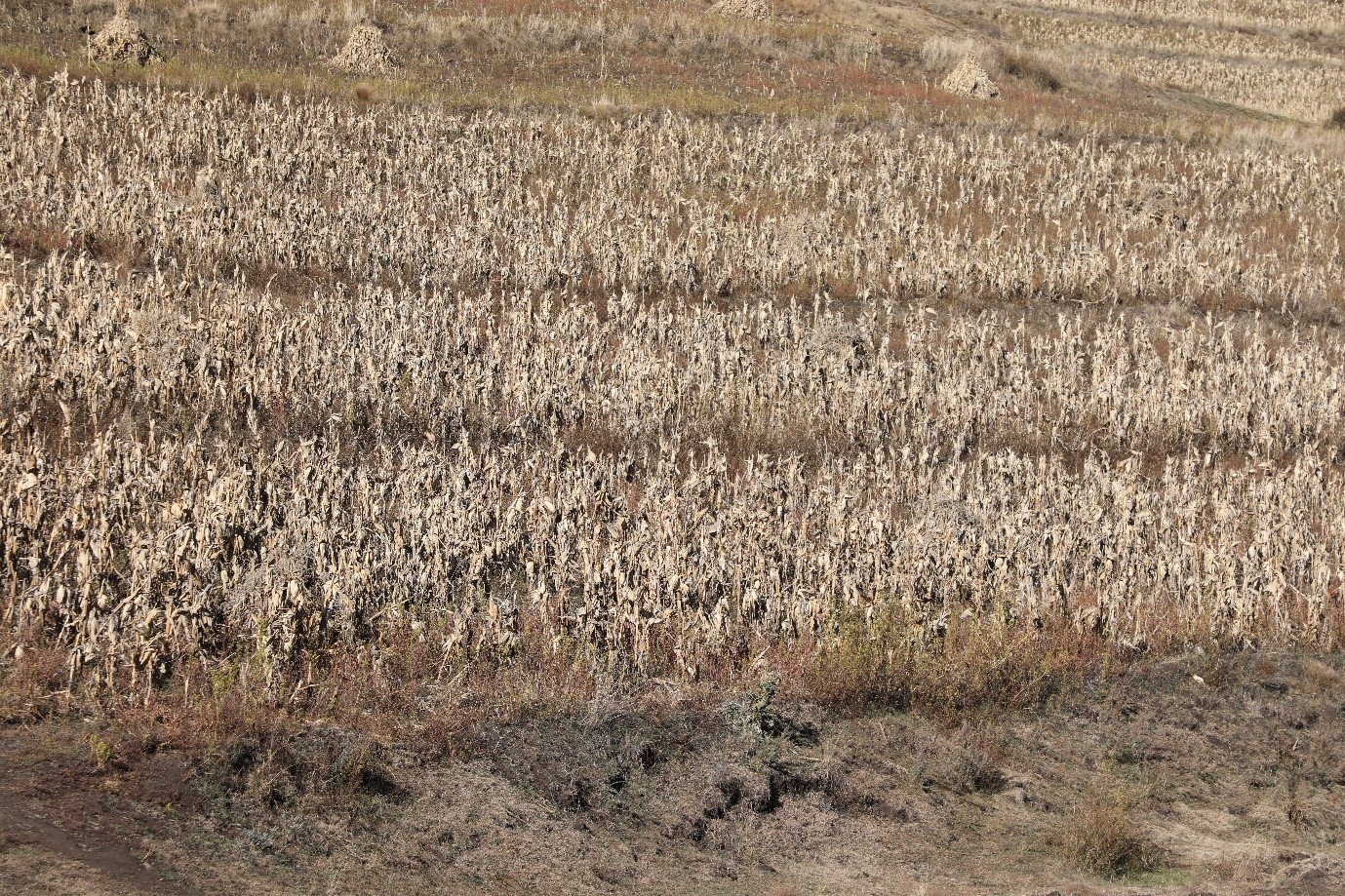
The agricultural sector's decline has a ripple effect on the broader economy. Reduced agricultural output means less income for farmers and higher food prices, and the poorest in the nation bear the brunt of all this.
4. Health and Nutrition:
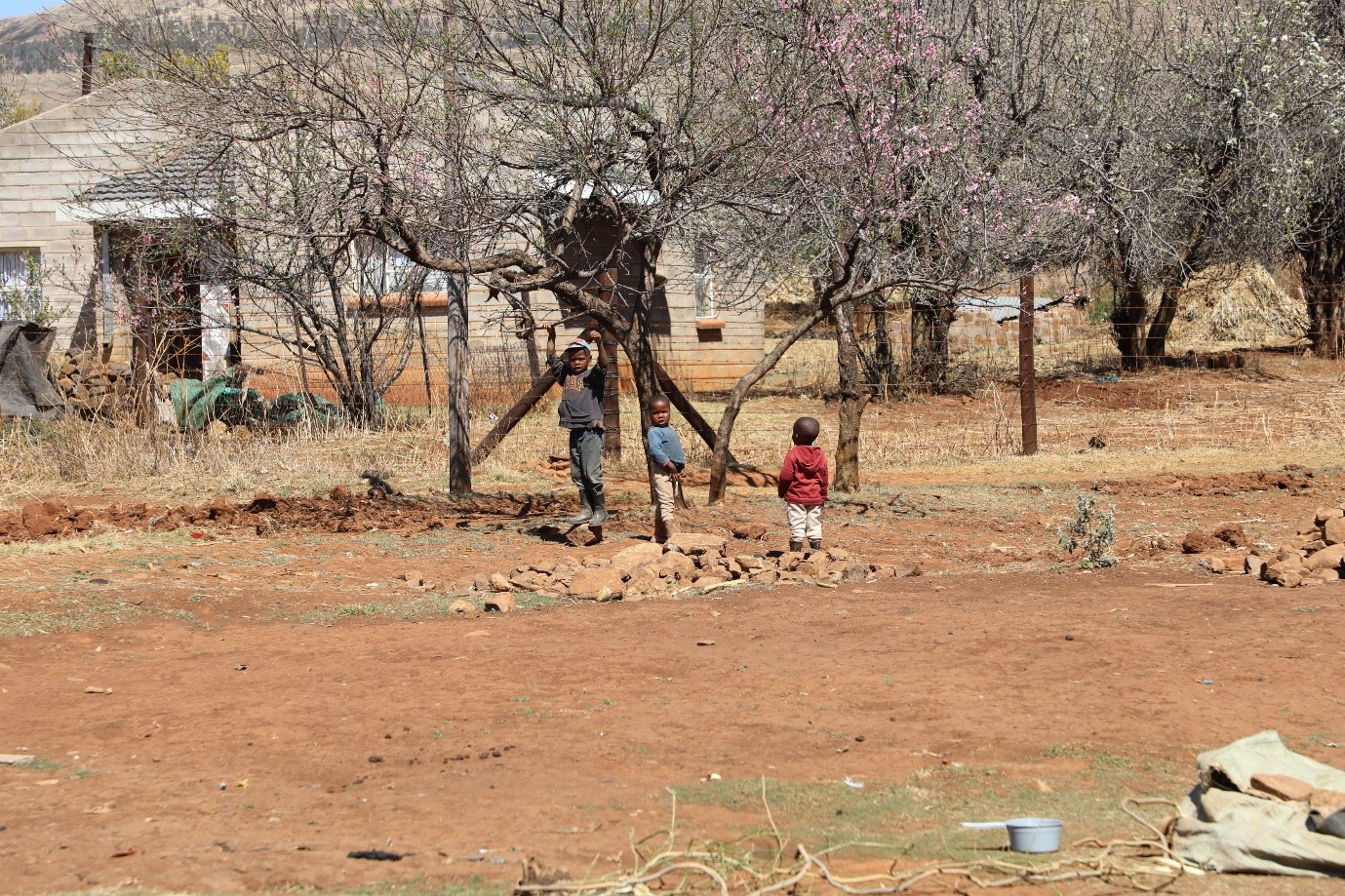
Food insecurity leads to malnutrition, particularly among children. Malnourished children are more susceptible to diseases, have lower educational outcomes, and face long-term health challenges.
Food Insecurity: A Deepening Crisis
The recurring droughts have plunged Lesotho into a food insecurity crisis. In 2022, the Disaster Management Authority projected that 338,000 Basotho, or 15% of the population, would face severe hunger. By 2023/24, this number had escalated, with the Lesotho Vulnerability Assessment Committee (LVAC) reporting that 581,000 Basotho in 145,250 families were experiencing severe hunger. Related effects of the COVID-19 and the climate-induced droughts have further compounded the effect of these issues on the Basotho nation.
Impact on Children, Families, and Communities
The impact of food insecurity is most acutely felt by children and families. Malnutrition among children leads to stunted growth, weakened immune systems, and impaired cognitive development. Families struggling to secure enough food face daily stress and uncertainty, which can lead to mental health issues and disrupt social cohesion.
Communities bear the brunt of these challenges as well. Schools struggle to provide meals to students, and healthcare facilities become overwhelmed with malnutrition-related cases. The socio-economic fabric of communities is strained as people migrate in search of better living conditions, leaving behind vulnerable populations such as the elderly and the sick including children.
A Call to Action: Prioritizing Disaster Preparedness and Resilience
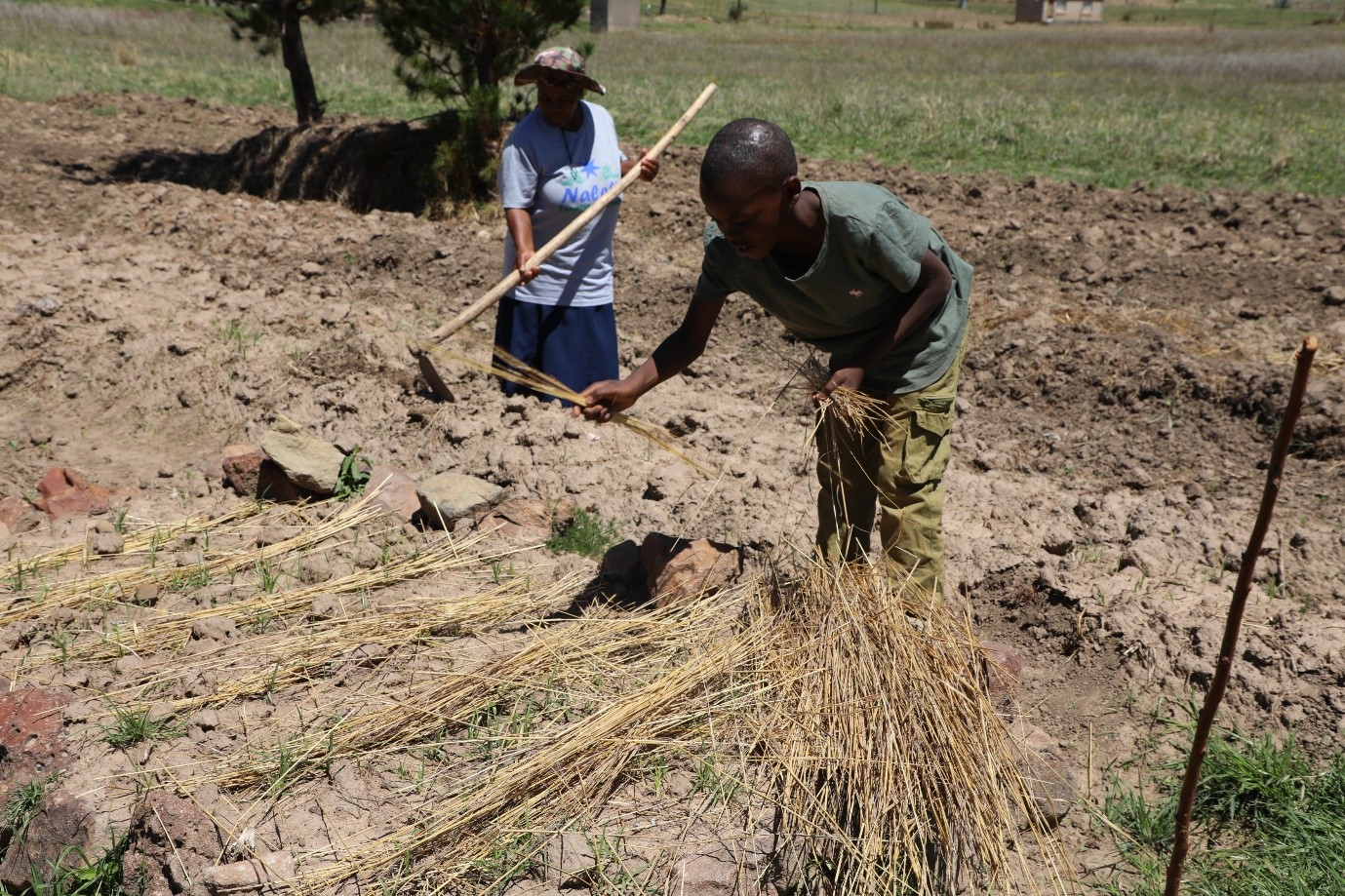
The situation in Lesotho calls for urgent action. Addressing the intertwined challenges of drought and food insecurity requires a comprehensive approach that prioritizes disaster preparedness and resilience-building strategies. Here are key steps that need to be taken:
1. Invest in Sustainable Agriculture: Implementing sustainable farming practices, improving irrigation systems, and promoting drought-resistant crops and climate-smart agriculture can help mitigate the impacts of drought.
2. Enhance Water Management: Developing water harvesting and storage infrastructure, along with efficient water usage practices, can alleviate water scarcity issues.
3. Strengthen Early Warning Systems: Establishing robust early warning systems for droughts and other climate-related disasters can help communities prepare and respond more effectively to disasters.
4. Community Engagement and Education: Empowering communities with knowledge and resources to implement local disaster preparedness plans is crucial. Programs that educate about sustainable practices and resilience can build long-term capacity.
5. Government and International Support: Increased funding and coordination support from both the government and international organizations is essential to implement these strategies. Collaborative efforts can ensure that resources are effectively utilized.
6. Focus on Nutrition and Health: Providing nutritional support and healthcare services to vulnerable populations, especially children, can mitigate the immediate impacts of food insecurity.
Lesotho's recurring droughts and resultant food insecurity present a dire situation that requires immediate and sustained action. The interlinked nature of these crises highlights the need for a holistic approach that combines disaster preparedness, sustainable agricultural practices, and community resilience-building. By prioritizing these strategies, Lesotho can better withstand future challenges, ensuring a more secure and prosperous future for its people. This is not just a call to action for the government but for all stakeholders, including humanitarian agencies, international partners, and the Basotho communities themselves. Together, we can build a resilient Lesotho capable of overcoming the recurring threats of drought and food insecurity.